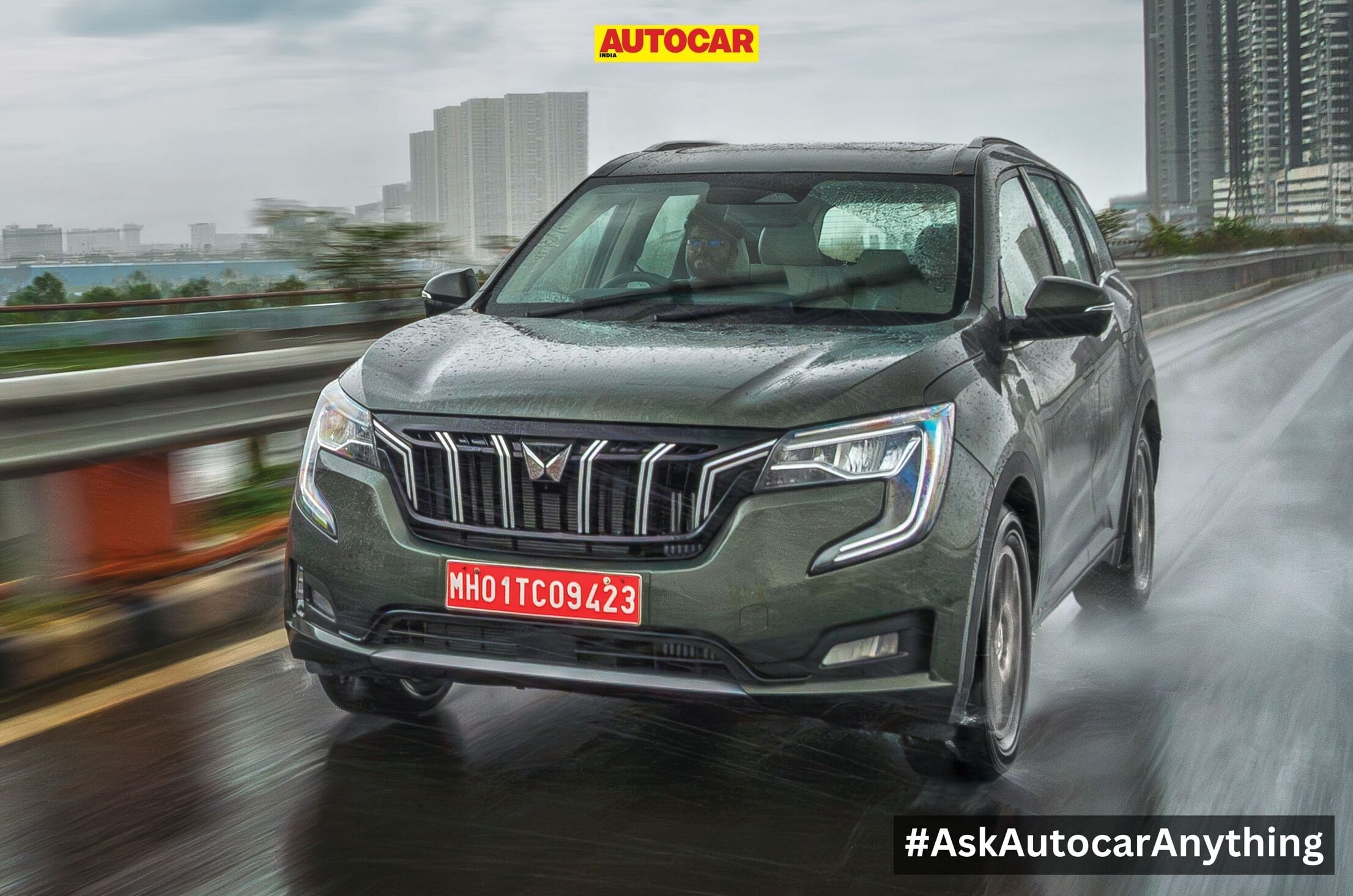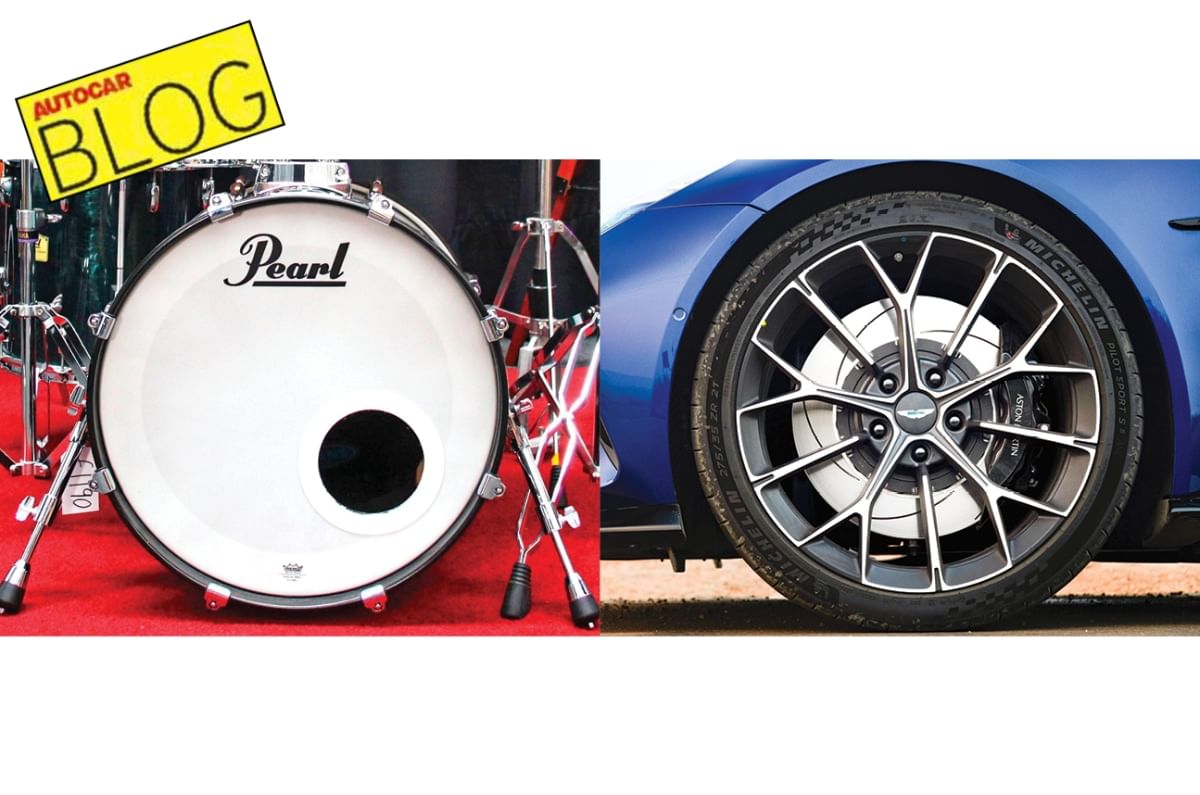We tested Kawasaki’s smallest ADV to see how efficient it is in everyday city and highway use.
The Kawasaki Versys-X 300 has returned to India after a long hiatus. While it remains mechanically unchanged from the earlier model, its high-revving parallel-twin engine and tall gearing make it a unique offering in the lightweight adventure segment. We’ve already ridden it extensively, and now it’s time to see how efficient this 300cc ADV is when used in the real world.
Kawasaki Versys-X 300 real world fuel efficiency
The Versys 300 managed a combined fuel efficiency figure of 26.45kpl.
As usual, we conducted our tests using the tank-to-tank method, while maintaining consistent riding conditions for both city and highway loops. Tyre pressures were set to Kawasaki’s recommended levels, and the bike was ridden solo. For the city test, the Versys-X 300 was ridden through typical urban conditions, including start-stop traffic, short bursts of open roads, and moderate congestion. At the end of the city loop, the bike had covered a distance of 41.5km and was topped up with 1.62 litres of fuel. This added up to a fuel economy figure of 25.61kpl.
On the other hand, the highway test involved a steady, consistent cruise at highway speeds with minimal throttle fluctuations and no aggressive overtakes. After this loop, the Versys-X 300 had covered 63.3km and consumed 2.32 litres of fuel to the brim. This summed up to a highway fuel economy figure of 27.28kpl.
Kawasaki Versys-X 300 fuel economy analysis
The Versys 300 is powered by a 296cc parallel twin that produces 39hp and 26Nm.
The Versys-X 300 returned 25.61kpl in the city and 27.28kpl on the highway, both of which are adequate figures. While these numbers may not match the high 30s or low 40s we often see from single-cylinder ADVs, the Versys-X 300’s fuel economy is acceptable when you factor in the engine’s characteristics. This 296cc parallel-twin thrives in the upper rev range and is geared tall, which means the engine is spinning quite a bit even at city speeds. As a result, it consumes more fuel in stop-and-go traffic compared to simpler, more relaxed single-cylinder motorcycles.

However, on the highway, the Versys-X 300 can sit at a steady pace in higher gears, which improves the efficiency, and the Versys feels more at home. In short, the Versys-X 300 may not be the most fuel-efficient ADV in its segment, but it offers decent real-world figures given its twin-cylinder layout and long-distance touring potential. Given the bike’s 17-litre fuel tank, these figures translate to a theoretical range of over 400km between fuel stops.
Autocar India’s fuel-efficiency testing
Our fuel-efficiency testing routine starts by first brimming the tank and ensuring the bike is running the manufacturer’s recommended tyre pressures. The bike is then ridden on fixed city and highway routes, where we maintain average speeds that best mimic real-world scenarios, as well as keeping speed limits in mind. The payload on the bikes is kept constant by balancing rider weights and ballast, ensuring consistency across different vehicles and riders. At the end of the test cycle, the fuel tank is once again filled to the brim, giving us an accurate figure of how much fuel has been consumed against the trip meter reading.
Also see: Hero Xoom 125 vs TVS Ntorq Race XP: Real-world fuel efficiency and range compared























































